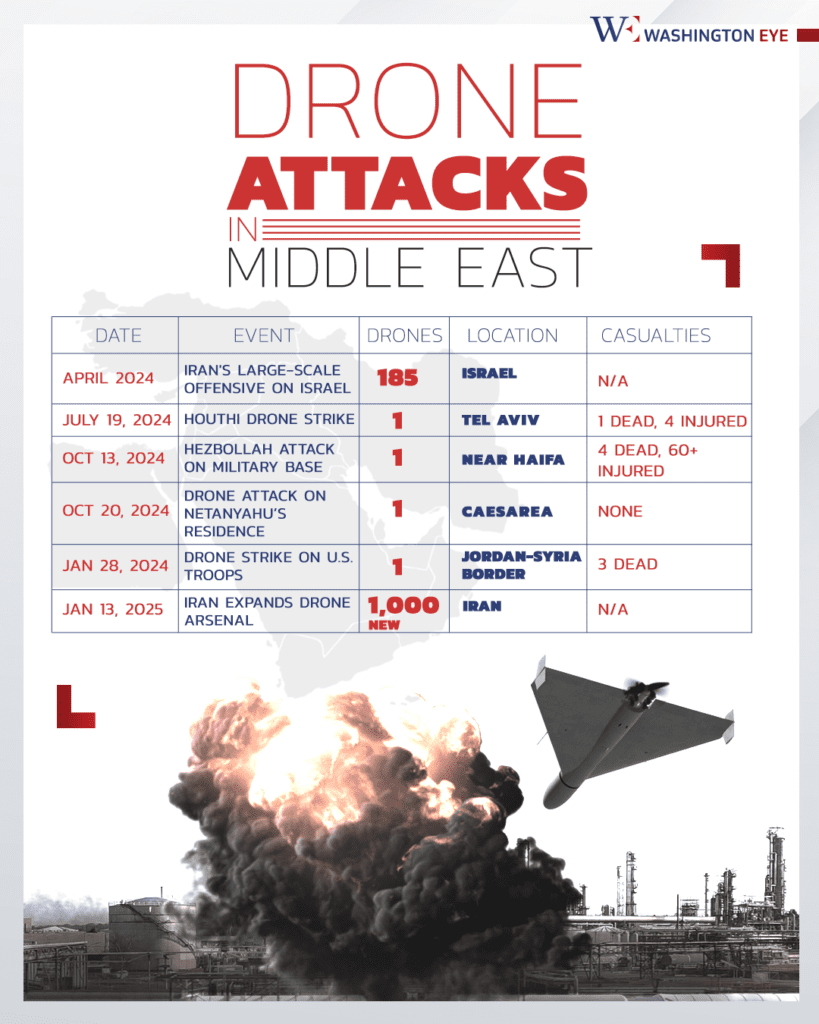In 2025, terrorism continues to evolve, shaped by technological advancements, shifting geopolitical dynamics, and persistent regional conflicts. Governments and security agencies face unprecedented challenges as extremist groups adapt to new tools and methods, leaving nations grappling with complex threats. The rapid development of technology has revolutionized both counter-terrorism strategies and the methods employed by terrorist organizations. Artificial intelligence (AI), drone technology, and encrypted communications have become integral to modern-day terrorism, raising significant concerns.
Terrorist groups are increasingly leveraging AI to analyze big data, predict vulnerabilities, and disseminate propaganda. For instance, in a recent attack on financial institutions, hackers linked to a terrorist organization used AI-generated phishing campaigns to steal millions of dollars. Conversely, AI has empowered governments to detect and prevent terrorist activities. AI-driven surveillance systems and predictive analytics are being utilized to identify threats before they materialize. However, concerns about privacy and misuse persist.
Drone Warfare
Drones have emerged as a preferred tool for both terrorists and counter-terrorism units. In 2025, there have been multiple instances of drones being used for reconnaissance and precision attacks. One alarming trend is the modification of commercial drones to carry small explosives, as seen in a recent attack in the Middle East that resulted in 15 casualties. Key technology-driven trends in terrorism in 2025 include AI being used for propaganda dissemination, such as deepfake videos inciting violence. Drone technology is being exploited for modified attacks, and encrypted messaging apps are facilitating the coordination of global terror networks.
While technology is a global concern, regional conflicts remain a major driver of terrorism. In 2025, several regions stand out as hotspots. Despite efforts to stabilize the region, the Middle East remains volatile. The resurgence of factions like ISIS, now operating as decentralized cells, has led to a surge in attacks. Iraq and Syria witnessed a 20% increase in terrorism-related incidents compared to 2024. South Asia faces rising threats from groups exploiting border tensions and political instability. In Pakistan and Afghanistan, terrorist groups have intensified operations, targeting infrastructure and security forces. The recent attack on a Kabul school that killed over 50 students highlights the escalating violence.
Africa has seen an alarming rise in terrorism, with groups like Boko Haram and Al-Shabaab expanding their operations. According to the Global Terrorism Index, attacks in the Sahel region increased by 30% in 2025, making it one of the deadliest regions globally. In the Middle East, key groups like ISIS and Al-Qaeda conducted attacks such as one on oil facilities in Syria, resulting in 25 casualties. South Asia saw groups like the Taliban and Lashkar-e-Taiba bombing a school in Kabul, killing over 50. Meanwhile, in Sub-Saharan Africa, Boko Haram and Al-Shabaab were responsible for a Sahel convoy ambush that claimed over 70 soldiers’ lives.
International Responses: Collaboration and Challenges
The international community has responded to these challenges with increased collaboration. Initiatives like NATO’s Cyber Defense Strategy 2025 and the UN’s Counter-Terrorism Committee’s enhanced focus on digital threats have made strides in combating terrorism. However, discrepancies in resources and political will among nations remain significant hurdles.
Operation Sentinel, a joint operation involving European nations, dismantled a cyber-terror cell operating in 15 countries, preventing a major financial crisis. Similarly, renewed Middle East peace talks mediated by the UN resulted in a temporary ceasefire in Yemen, reducing civilian casualties by 40%. Terrorist groups exploit misinformation to sow discord, as seen in fake news about ethnic conflicts fueling riots in parts of Asia. Additionally, regions with weak governance continue to serve as sanctuaries for terrorists, complicating international efforts.
Response mechanisms in 2025 include NATO’s Cyber Defense Strategy, which thwarted over 500 cyber-attacks. The UN’s counter-terrorism initiatives enhanced intelligence-sharing among 70 nations, while regional peace efforts achieved ceasefires leading to reduced conflict zones. The toll of terrorism in 2025 is staggering. According to the Global Terrorism Database, over 25,000 lives have been lost this year alone, a 10% increase from 2024. Most victims are civilians caught in the crossfire of ideologies and regional conflicts.
Experts emphasize addressing the socio-economic and political factors fueling terrorism. Poverty, lack of education, and political oppression remain key drivers. A holistic approach that combines military, political, and humanitarian efforts is crucial. Media plays a dual role in the fight against terrorism. While it raises awareness, irresponsible reporting can amplify terrorist propaganda. Journalistic integrity and responsible reporting are more critical than ever.
















You’ve crafted something truly timeless here — writing that will continue to resonate with readers for years to come.